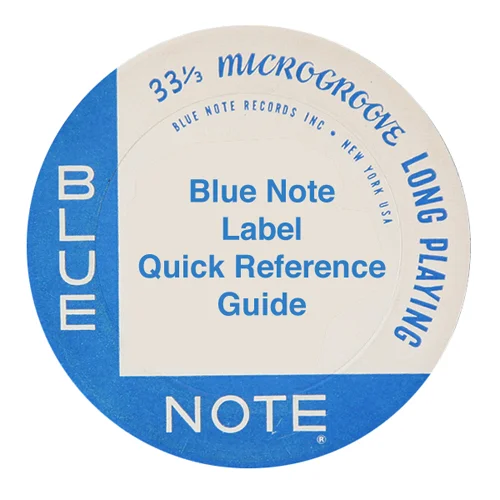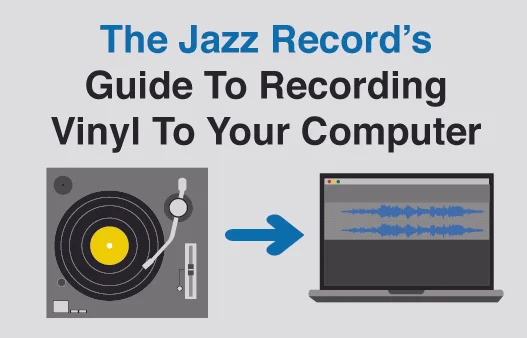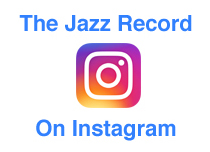Electric Adventure: Monk Montgomery - "Bass Odyssey"
/Monk Montgomery • Bass Odyssey • 1971 • Chisa Records
Recorded 1970 & 1971 at The Village, Los Angeles
The Selection:
The Tracks:
A1. Journey To The Bottom
A2. Personage
A3. Sister Lena
B1. Fuselage (Part I)
B2. Fuselage (Part II)
B3. Foxy Gypsy
The Players:
Monk Montgomery - Electric Bass, Fuzz Bass on "Fuselage"
Joe Sample - Electric Piano
Mike Carven - Drums (A1, A2, B3)
Wayne Henderson - Drums (B1, B2)
"Stix" Hooper - Drums (A3)
Andy Simpkins - Upright Bass (A1, A2, B3)
Kent Brinkley - Upright Bass (A3)
The Record:
Montgomery Featured In A 1958 Fender Precision Bass Advertisment
Monk Montgomery is primarily known for two things in the world of modern jazz. Most importantly, he was the first major jazz musician to employ the electric bass (playing the Fender Precision Bass as early as 1953) and, of course, he is the brother to that Wes Montgomery dude. His discography is rather short, mostly made up of a few records with his brothers Wes and Buddy (who played piano and vibes) under the obvious moniker The Montgomery Brothers and then later with the group The Mastersounds (founded by Monk and Buddy). Both groups have become relatively obscure these days; The Montgomery Brothers less so due to the presence of Wes (their 1961 Riverside date Groove Yard is well worth seeking out), but both should be of interest to fans of hard bop if they happen to come across them.
Montgomery's solo output totaled four LPs released between 1969 and 1974, with Bass Odyssey being the most unique of the bunch. It is - as the title promises - a wild journey into what the electric bass could offer as the lead instrument in a jazz combo. This is definitely an album that could only have been made in the wide open jazz world of the early 1970s, when musicians and labels were open to expanding the possibilities of the genre. The musicians understandably wanted to spread their wings after years of playing various modern jazz styles, while the labels motives were less artistic and were rooted in the desire to find the next big commercial sound that would sell more records.
From the opening notes, the listener immediately knows Bass Odyssey is no run-of-the-mill jazz album, with Montgomery's electric bass prominently up front in the mix (way up front!) of this horn-less group. It is quite off-putting at first, but after a couple spins the album does manage to grab your attention. The format is ostensibly a trio: electric bass, electric piano and drums, although there is an extra bass player thrown in on four of the six tracks. The record is most remembered for featuring two members of The Jazz Crusaders - Joe Sample and Wayne Henderson - at a point when they were beginning to lay down some of their finest jazz-funk work as The Crusaders (Henderson also co-produced the album). Joe Sample is his usual inventive self on the electric piano and Wayne Henderson takes a break from his trombone to sit in the drummer's chair on "Fuselage (Part 1)" and "Fuselage (Part 2)" which is clearly the centerpiece of the album. It's a weird and wild funk-and-bass spectacular that at one point during an extreme fuzz bass breakdown had my young daughters asking if my turntable was broken. I won't attempt to guess what vibe Montgomery and crew were going for here, listen above and you can reach your own conclusions.
I suppose that's a good way to describe the overall aesthetic of an album like Bass Odyssey. It's not for everyone, and even for those who do enjoy it, they will have their own distinct feelings about it. That's not unusual for an esoteric jazz album, even a fun one like this that remains rooted in the improvisational foundation of jazz. Bass Odyssey will have you nodding your head along with the groove at one moment before shaking your head in wonder at this time in the early '70s when it seemed like a good idea to record an album like this. That's what makes jazz (and vintage jazz vinyl) great, though, those diamonds in the rough that may not be classics, but still have something to offer us open-minded jazz fans.
The Vinyl:
The Details: An original pressing (although I don't believe there were any re-presses) of a promo "DJ Copy" on the white label of the very obscure Chisa label. The commercially available label was a sort of orange and purple pinwheel design with the Chisa name and logo in white (you can see it here if you really want to).
The Price: I found my copy for $15 at a local shop which is more than fair, especially considering that it's a promo copy (not something I care about, by the way) and the VG+ condition of the vinyl and cover. I was familiar with the album before I purchased it, but I had not actually heard it, so I was taking a bit of a chance on it, but at that price-point I felt comfortable about it.
The Sound: Man, this is one chintzy thin piece of wax! My copy sounds pretty good, but it's not gonna blow anyone's socks off. Just you're average razor-thin 1970's vinyl pressing, this label willing to go that route a few years earlier than most of the other labels decided to follow along.
Notes: The Chisa label was a mystery to me prior to my purchase of Bass Odyssey. Originally I thought it was a subsidiary of Motown, since the LP was listed on various sites as being released on Motown/Chisa, but I was a bit suspect of that since the label itself says that the record is "Exclusively Distributed by Motown Record Corp" which is different than it being a part of the label itself. Well, it turns out that Chisa was a label founded by Hugh Masekela in 1965 and it had quite the history prior to 1971. It had been previously distributed by both Uni Records and Buddah Records. After Motown it was distributed by Blue Thumb records until it folded in the mid '70s. If reading about obscure label history and label variations is your thing, there is a nice summary of the Chisa label and it's discography here.












